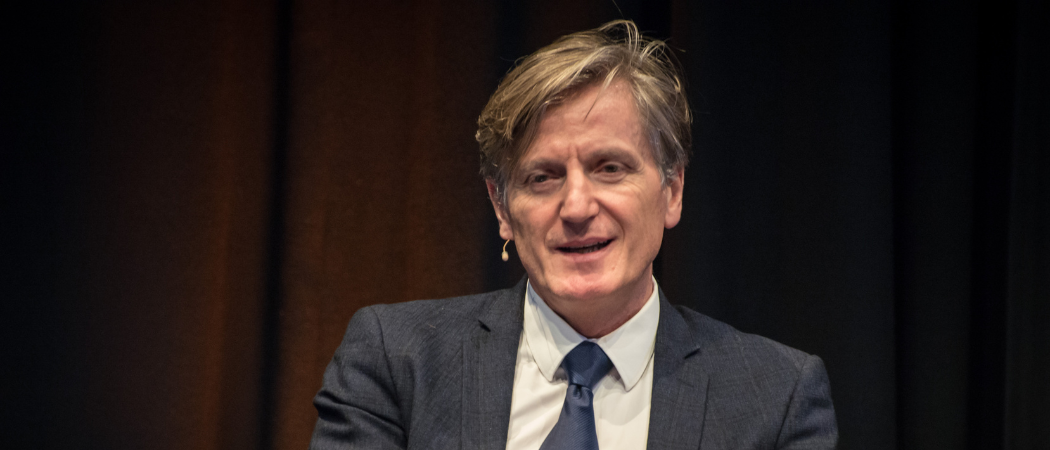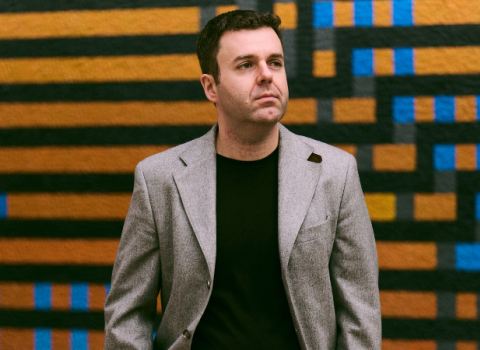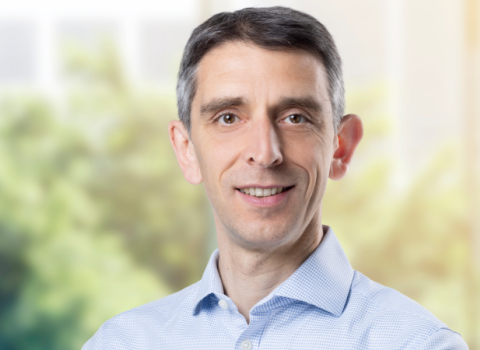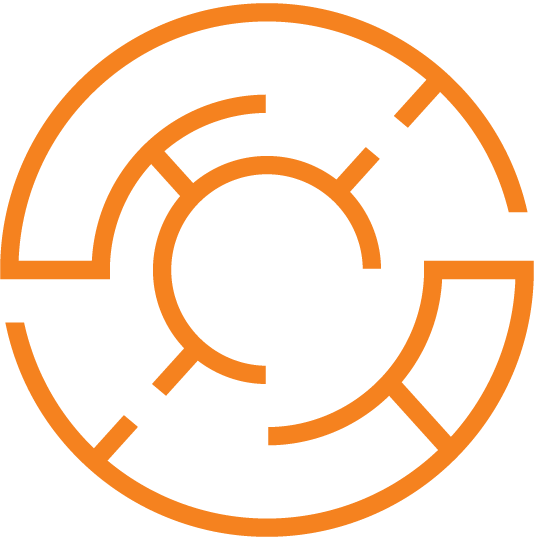We shouldn’t fear a connection between research and competitiveness, says the chief executive of EIT Health

Jean-Marc Bourez, chief executive of EIT Health, a ‘knowledge and innovation community’ (KIC) of the European Institute of Innovation and Technology (EIT). Photo credits: Jeroen Vanhecke
In May, European Commission President Ursula von der Leyen confirmed plans for the next research and innovation Framework Programme, FP10, to be “self-standing” but “tightly connected” to a new European Competitiveness Fund. Official proposals from the Commission now give some detail to that connection, particularly on how Pillar 2 of FP10 will be linked to competitiveness priorities.
The idea of a tight connection has concerned research-focused networks. One joint statement argued for “distinct” but “complementary” funding for research and competitiveness and for a number of activities to be moved out of FP10, including those of the European Institute of Innovation and Technology (EIT) and the European Innovation Council (EIC) Accelerator. Another statement has noted the need to support the early-stage testing of technologies. Concerns continue to be raised by these groups, and others, now we have the formal proposal from the Commission.
The stakes of getting this right are high. If we do not have an innovative and competitive economy, then we will generate less public revenue, which will then impact our ability to invest in world-leading basic research.
Research, innovation and competitiveness are interdependent. When there is so much evidence that weak links between these three elements are holding Europe back, distinct structures are the last things we need. We need tight connections.
Innovation does not happen in silos. In healthcare, we work with universities, researchers, start-ups, venture capitalists, corporates, industry, healthcare services, regulators and payers. They all have different roles and interests. Still, whatever their differences, their collaborations and connections are essential for innovation. This is the “knowledge triangle” that we work on, bringing education, research and business together in practical ways to drive collaboration and flows of skills, people and resources to drive a thriving innovation ecosystem.
Unconnected strengths
In Europe, we have real strengths in health and research, but we have often failed to join these strengths together. Mario Draghi noted in his report on EU competitiveness that our university researchers are poorly integrated into networks of universities, start-ups, large companies and venture capitalists. A more recent Commission report points to the need for “network effects” and “interconnected ecosystems of researchers, companies and institutions” to scale complex technologies. We have excellent research universities, established global health businesses, innovative start-ups and universal, high-quality, health systems. A European route to stronger health innovation will involve joining the dots between these strong pillars.
We need to do this across Europe. Europe alone has the scale to make this work. Of the 114 multi-country consortiums we have supported through EIT Health, the average has partners from four European countries and 45% of the companies we support are in countries with moderate or modest innovation scores. There is clearly an appetite among innovators to work across Europe. They can see the benefits of integration through sharing research, expertise, data and opening up new markets. They want that cross-border collaboration right from the start of their journey. We need to support that.
We need those pan-EU networks and programmes to be open to all, whatever stage of the innovation journey they are at. Very early stage support is all about helping innovators pass from the world of research to the commercial world. Even with increased budgets for intensive innovation programmes, like those of the EIC, many early-stage innovators would still not meet the criteria for such support. There should be some support for innovators whatever stage they are at, whether they’ve commercialised and are now scaling, or are a university researcher with an idea. Ten per cent of all successful EIC Accelerator applicants were first supported by EIT Health, showing that just because a start-up isn’t eligible for such intensive support today, doesn’t mean it won’t be tomorrow.
Related articles
- EU urged to exempt research spending from deficit rules
- EIT is key to completing the European Research Area, says Economic and Social Committee rapporteur
Finally, we need connections with the private sector. Even though the importance of state funding for research and innovation can be understated; only private capital has the critical mass we need. On its own, even the most intensive and selective EU grant is not enough to get a modern health innovation to market. Given the reliance on public venture capital and R&D funding in the EU compared to US and China, this is a particularly important area of focus. To balance this, the OECD and the investors we work with have highlighted the role of business accelerators in attracting private capital and preparing start-ups for investment and scaling. Our “leverage effect” has grown over time: the start-ups we work with now attract over 30 times the amount we spend supporting them. That’s the power of a growing network.
But it is hard to get this all to work in practice. Any collaboration between very different partners is as difficult as it is worthwhile. That's why it’s essential to avoid completely distinct budget structures for research, innovation and competitiveness. It will present challenges to manage, and I imagine it will transpose these collaborative tensions into the corridors of Brussels. But the prize of success is massive and far-reaching. Research done in Europe will fuel start-ups which stay and grow here, attract private funding and drive our economic growth. This can fuel public revenues and everything from public services to basic research. This is the best of all worlds.
Jean-Marc Bourez is the chief executive of EIT Health, a ‘knowledge and innovation community’ (KIC) of the European Institute of Innovation and Technology (EIT).





 A unique international forum for public research organisations and companies to connect their external engagement with strategic interests around their R&D system.
A unique international forum for public research organisations and companies to connect their external engagement with strategic interests around their R&D system.